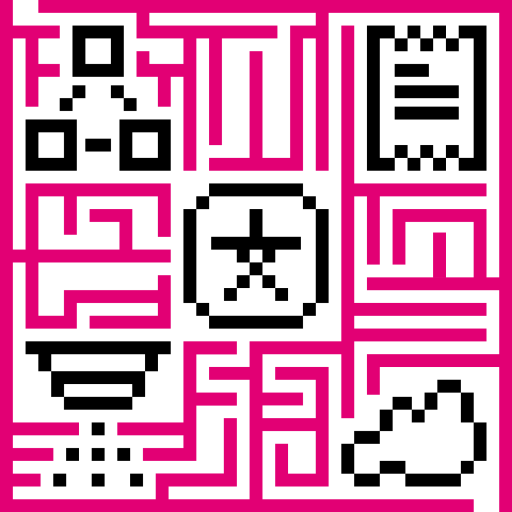IoT Hub rule engine is based on two main components: the actor model and message queue.
Actor model
Actor model enables high performance and concurrent processing of messages from device transport layer as long as server-side API calls. IoT Hub uses own Actor System implementation that is sharpened for our use case. There are two main actors related to the rule engine: Rule Chain Actor and Rule Node Actor.
Rule Chain Actor
Rule Chain actor is responsible for rule node configuration, routing messages between rule nodes, and handling queue put and ack commands. Each Rule Chain Actor represent single rule chain configured by the user. Rule Chain Actor is parent for multiple Rule Node actors.
Rule Node Actor
Rule Node actor is responsible for processing of the incoming messages. The logic of message processing is highly customizable. There are many built-in implementations of the RuleNodes and you can develop your own, custom rule node implementations as well. See Rule Node Development guide for more details.
Next steps
- Getting started guides - These guides provide quick overview of main IoT Hub features. Designed to be completed in 15-30 minutes.
-
Connect your device - Learn how to connect devices based on your connectivity technology or solution.
-
Data visualization - These guides contain instructions how to configure complex IoT Hub dashboards.
-
IoT Data analytics - Learn how to use rule engine to perform basic analytics tasks.
-
Hardware samples - Learn how to connect various hardware platforms to IoT Hub.
-
Advanced features - Learn about advanced IoT Hub features.

